-
What are the types of hypoxia?
Hypoxic Hypoxia Anemic Hypoxia Ischemic Hypoxia
Questioner:ask56133 2018-04-06 09:52:14
The most authoritative answer in 2024
-
Hypoxia refers to a condition where the body or a region of the body is deprived of adequate oxygen supply at the tissue level. As a subject matter expert in the field of medical physiology, I can provide you with a detailed explanation of the types of hypoxia. There are several types of hypoxia, each with distinct causes and characteristics: 1. Hypoxic Hypoxia: This is caused by a low concentration of oxygen in the inspired air or a decrease in the partial pressure of oxygen (PaO2) in the blood. It occurs when the lungs are unable to effectively oxygenate the blood, which can be due to high altitude, lung disease, or respiratory conditions that limit oxygen intake. 2. Anemic Hypoxia: This type occurs when there is a deficiency in the number of red blood cells or in the amount of hemoglobin within those cells. Since hemoglobin is the molecule that carries oxygen in the blood, a reduction in its quantity means less oxygen is being transported to the tissues. 3. Ischemic Hypoxia: This is due to a decrease in the delivery of oxygenated blood to the tissues. It can be caused by conditions that reduce blood flow, such as heart failure, shock, or peripheral vascular disease. 4. Histotoxic Hypoxia: This occurs when the tissues are unable to utilize oxygen properly, even when oxygen levels in the blood are normal. This can be due to the presence of toxins or certain drugs that inhibit the use of oxygen by the cells. 5. Stagnant (or Circulatory) Hypoxia: This type is less commonly referred to and is similar to ischemic hypoxia, where there is a lack of effective blood circulation, leading to reduced oxygen delivery to the tissues. read more >>
-
There are four types of hypoxia: (1) the hypoxemic type, in which the oxygen pressure in the blood going to the tissues is too low to saturate the hemoglobin; (2) the anemic type, in which the amount of functional hemoglobin is too small, and hence the capacity of the blood to carry oxygen is too low; (3) the stagnant ...read more >>
about “Hypoxic Hypoxia、Anemic Hypoxia、Ischemic Hypoxia”,people ask:
- 78回复Where does the right ventricle pumps blood when it contracts??
- 81回复What are the symptoms of brain damage??
- 92回复What is clinically dead mean??
- 54回复Can you drive a car after an angiogram??
- 12回复What are the warning signs of clogged arteries??
- 20回复What causes low oxygen levels while sleeping??
- 30回复Can you survive a heart attack at home??
- 31回复How do you get more oxygen in your blood??
- 13回复What is substitution of function??
- 26回复Which blood vessels carry blood toward the heart??
- 71回复Where the blood picks up oxygen??
- 94回复How does the oxygen enter the bloodstream??
- 53回复What helps remove waste from the body??
- 39回复What does Nephroptosis mean??
- 47回复What foods to avoid with angina??
READ MORE:
- +1122What is the first sign of hypoxia?
- +1361What causes a lack of oxygen to the brain?
- +1204What are 3 symptoms deprivation from oxygen can lead to?
- +1113Can you die from respiratory failure?
- +1353How long can you go without oxygen before you die?
- +1893How do you check your oxygen level at home?
- +1632What percentage of oxygen is safe?
- +1230Can anxiety cause lack of oxygen?
- +1143How do you get more oxygen into your blood?
- +1523Is oxygen level 84 bad?
- +1779Is hypoxia life threatening?
- +1898What is a lack of oxygen?
- +1501What oxygen level is too low?
- +1906What are the dangers of low oxygen levels?
- +1284What is the word for lack of oxygen?
QuesHub is a place where questions meet answers, it is more authentic than Quora, but you still need to discern the answers provided by the respondents.







